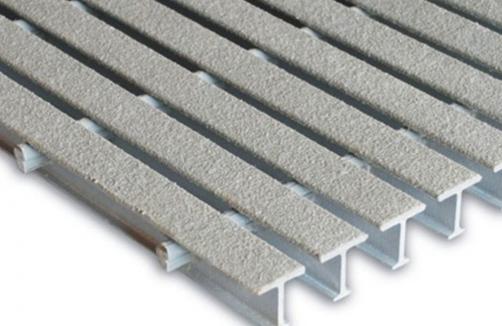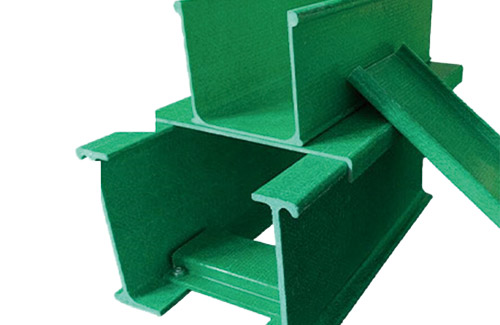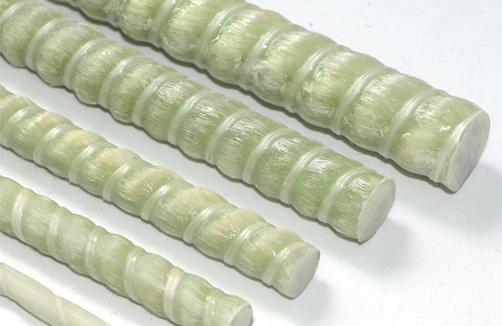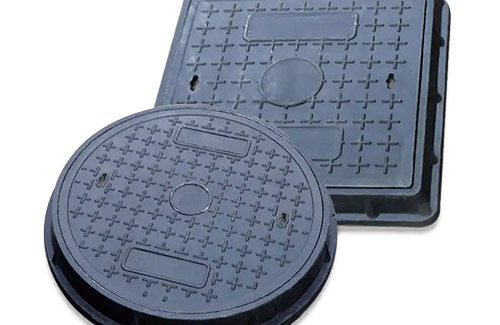
After discussing the framework of the fiberglass grille in the car wash room, let's now talk about the raw material required for the fiberglass grille in the car wash room, which is not full of polyester resin.
Resin is a secretion of hydrocarbons from various plants, particularly pine and cypress plants. Due to its unique chemical structure and its ability to be used as materials such as latex paints and adhesives, resin has high commercial value. It is a mixture of various polymer compounds, so it has a different melting point. Resin can be divided into two types: natural resin and synthetic resin. Nature only requires natural resin, but with the development of chemical industry, many artificially synthesized polymers have emerged. Some polymers have similar chemical and physical properties to natural resins, so polymers are called synthetic resins.
Synthetic resin is a material that is very similar to natural resin - it is also a viscous liquid that can harden. Artificial resin can be produced by esterification or soap containing alkali metal salts containing fatty acids, followed by some organic compounds. The excellent variety is epoxy resin, which can be used as a thermosetting polymer for bonding agents and mixtures through polymer overlap reaction or polymerization. One of the varieties is unsaturated polyester resin, which accounts for 75% of the resins we usually use. Ion exchange resin is another primary type of resin, which is used in the purification of water and catalytic reactions of organic compounds.
The raw material for the fiberglass grille in the car wash room is not full polyester resin, which is generally a linear polymer compound with ester bonds and unsaturated double bonds formed by the condensation of unsaturated or unsaturated diols. Generally, the polyester condensation reaction is carried out at 190-220 ℃ until the expected acid value (or viscosity) is reached. After the polyester condensation reaction is completed, a certain amount of vinyl monomer is added while hot to form a viscous liquid. This polymer solution is called unsaturated polyester resin.
Functional characteristics of unsaturated polyester resin:
Excellent craftsmanship and functionality. This is a major advantage of not being full polyester resin. It can be cured at room temperature and formed under normal pressure, with flexible process functions, making it particularly suitable for large-scale and on-site production of fiberglass products.
After curing, the resin is generally effective. The mechanical performance index is slightly lower than epoxy resin, but better than phenolic resin. Corrosion resistance, electrical performance, and flame retardancy can be satisfied by selecting the appropriate trademark resin. The resin has a light color and can be made into transparent products.
There are many varieties. There are many varieties, a wide range of habits, and a lower quotation.
Disadvantages of insufficient polyester resin:
The disadvantage is that the shortening rate during solidification is relatively high, the storage period is short, it contains styrene, has a pungent odor, and long-term exposure is detrimental to physical health.
Changes in apparent characteristics of incomplete resin curing process
The curing process of unsaturated polyester resin can be divided into three periods, which are:
1. Gel period (period A): the period from the time when the curing agent and accelerator are involved to the time when the resin becomes gelatinous and loses its fluidity. In this stage, the resin can melt and be soluble in certain solvents (such as ethanol, acetone, etc.). This period takes approximately a few minutes to several tens of minutes.
2. Hardening period (period B): the period from the resin gel to the satisfactory hardness and basically non stick condition. During this period, the resin can swell but not dissolve when in contact with certain solvents (such as ethanol, acetone, etc.), and can soften but not completely melt when heated. This period requires approximately several tens of minutes to several hours.
3. Maturation period (C period): The period during which the product is placed at room temperature, calculated from hardening to the required hardness, and has stable physical and chemical functions for use. During this period, the resin neither dissolves nor melts. What we generally refer to as post curing refers to this period. This period is usually a very long process. It usually takes a few days, weeks, or even longer.
Factors that affect the degree of resin curing:
The curing of unsaturated polyester resin is a three-dimensional network process formed by linear macromolecules through the action of crosslinking agents, but the curing process cannot consume all active double bonds in the resin to reach 100% curing degree. That is to say, it is difficult to achieve complete curing of the resin. The reason for this is that in the later stage of the curing reaction, the system viscosity rapidly increases, which hinders the dispersion of the material. Generally, when the material function tends to be stable, it is considered to be completely cured. The degree of resin curing has a significant impact on the functionality of fiberglass. The higher the degree of solidification, the more the mechanical, physical, and chemical functions of fiberglass products are fully utilized. (Someone has conducted experiments to test the physical function of UPR resin during different periods after curing. The results showed that its flexural strength increased over time and did not gradually stabilize until one year later. However, in reality, for fiberglass products that have now been put into use, their mechanical function gradually decreased one year later due to aging caused by heat, light, and corrosion of the medium.)
There are many factors that affect the curing degree of polyester resin, including the composition of the resin itself, the amount of initiators and accelerators, curing temperature, post curing temperature, and curing time.
The above is a specific introduction to one of the raw materials for the fiberglass grille in the car wash room, which is not full polyester resin.







